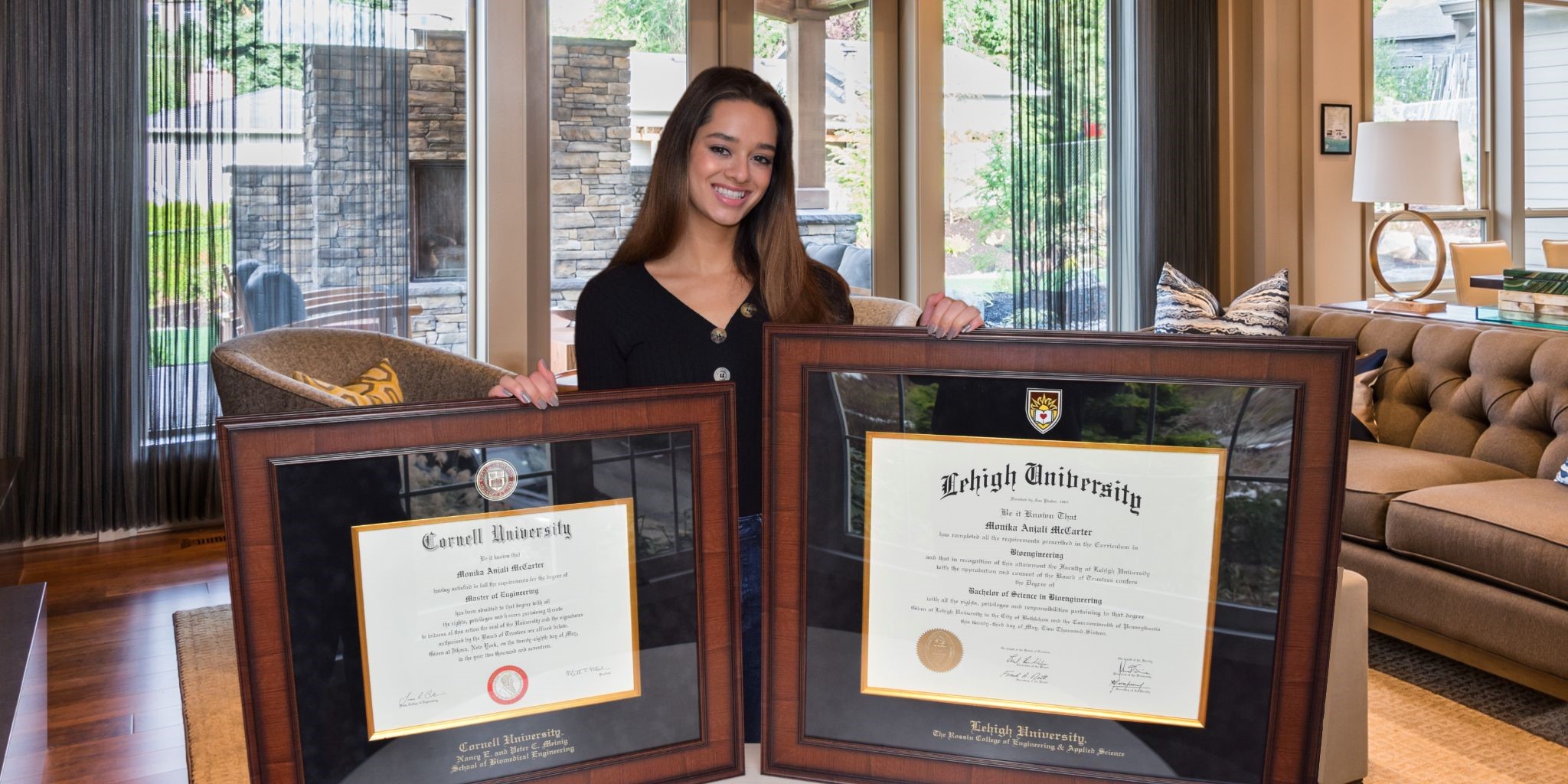Looking for the best luxury graduation gifts? Check out our curated guide featuring our favorite high-end grad gift ideas from woman-owned businesses.
Continue readingFinding the Best Grad Gifts
If there’s one thing a college graduate doesn’t need, it’s another cutesy mug with a grad cap motif. Get them gifts they really want and will actually use!
Continue reading6 Ways to Protect the Environment
Taking measures to protect the environment is important! Celebrate Earth Day with this list of six ways to live an eco-friendly lifestyle.
Continue readingCollege Graduation Gifts from Parents
Parents can sometimes struggle with what to give their children for graduation. We’ve found the best college graduation gifts around so you don’t have to!
Continue readingBest Gifts for High School Graduates
Browse our curated list of the best gifts for high school graduates and pick out a custom sentimental graduation gift for your loved one.
Continue readingBest College Graduation Gifts for Sons
Parents, looking for the best college graduation gifts for your son? Get him something he needs now and will cherish for years to come.
Continue readingWhat Size Diploma Frame Do I Need?
Are you wondering what size diploma frame you need for your high school, college, or bachelor’s diploma frame? Click here to find the answer and more!
Continue reading4 Tips for the Transition from College to Work Life
The transition from college to work life can be challenging, but these tried-and-true tips will make the shift from school to career as smooth as possible.
Continue readingAre You Ready for Graduation?
Do yourself a favor and get ready for graduation parties, gift ideas, and pre-commencement to-do lists now.
Continue readingHow to Wear Graduation Regalia
Graduation apparel contributes to the formal and respectful atmosphere of commencement ceremonies. Learn how to wear graduation regalia in our latest blog.
Continue readingBest Gifts for Businesswomen
In need of gifts for businesswomen or female entrepreneurs? You really can’t go wrong when you shop for items manufactured by certified woman-owned businesses.
Continue readingClass of 2024 College Graduation Gifts
Looking for the perfect Class of 2024 college graduation gifts? Design a high-quality frame that’s designed just for them!
Continue reading












